Contact Information
- Solahart Newcastle
- 50 Yangan Drive
- Beresfield NSW 2322
- 1300 362 821
- enquiries@solahartnewcastle.com.au
Did you know that investing in solar can increase the value of your home? According to research from realestate.com.au and Origin Energy in April 2015, installing solar products has the potential to increase a property’s value. The research suggests Australians find homes with solar to be more valuable than homes without.
Every family in Australia is now facing the very real challenges of managing their finances so they can deal with higher mortgage repayments because of interest rate rises, gas price increases due to global shortages, the highest petrol prices we have seen in years and record high electricity pricing due to the cost of coal increasing.
In May the Australian Energy Regulator approved price increases from 1 July, which will see the tariffs, known as default market offers, rise by between 8.5 per cent and 18.3 per cent in New South Wales, up to 12.6 per cent in south-east Queensland and 9.5 per cent in South Australia. Although there are some industry estimates that are predicting the increases just for electricity to be around 130%. The three biggest retailers of electricity; Origin, EnergyAustralia and AGL; are expected to announce their price increases in June 2022 which are expected to be around 15 per cent.
The team at Solahart Newcastle have pulled together a stack of ideas that can help you manage all of these price rises. Our team have been involved in thousands of solar energy installations across the Newcastle Hunter region so we have seen first hand how impactful the right actions can be to reducing your electricity bills.
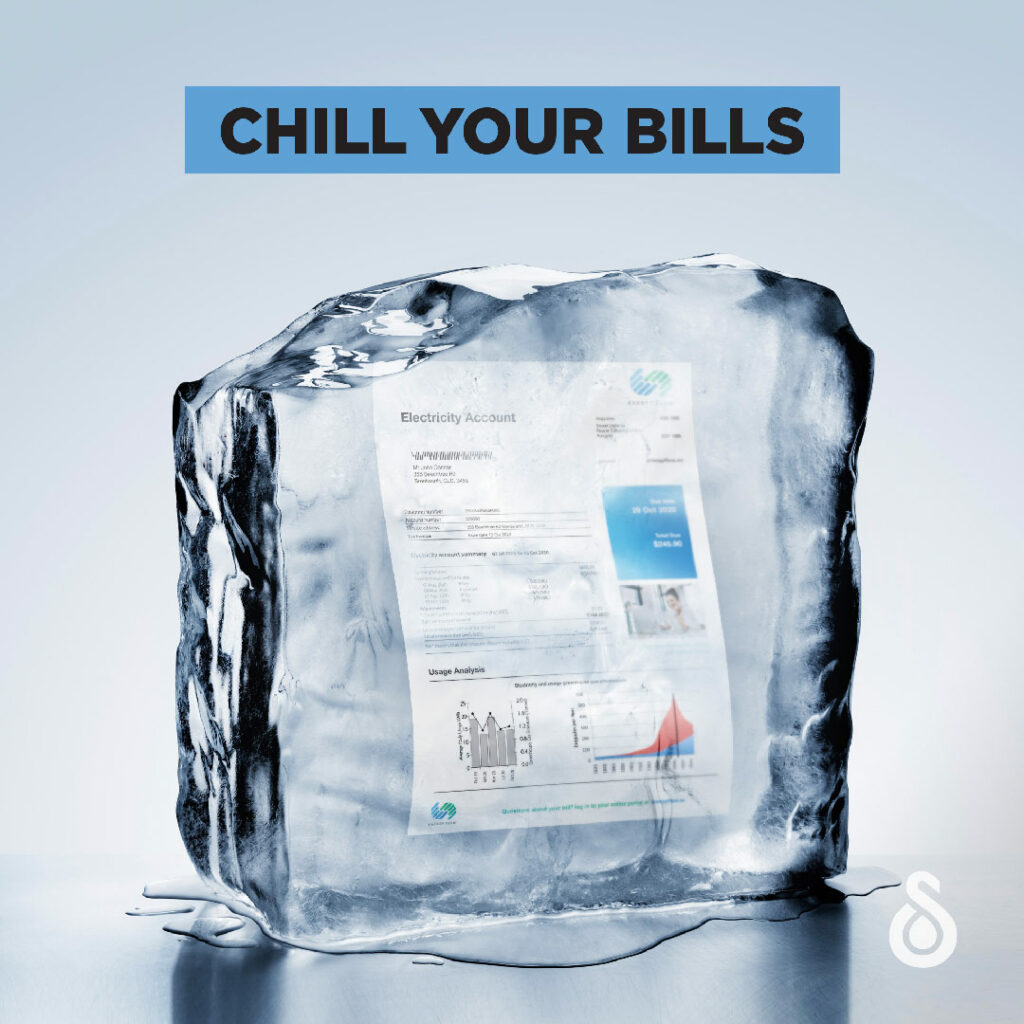

Disability Support Pension – Those who claim the Disability Support Pension and are younger than 21 with no dependent children automatically receive a Utilities Allowance, which is paid quarterly with their regular payment and is not means-tested.
EAPA Program – Households experiencing short-term difficulty paying their energy bills will have greater access to assistance from $400 per year, up to a maximum of $1,600 per year, though the Energy Accounts Payment Assistance (EAPA) program.
Eligible households can also apply for different rebates including the Low Income Household Rebate, Gas Rebate, Family Energy Rebate, Life Support Rebate, Medical Energy Rebate and Seniors Energy Rebate. You just have to go to Service NSW Savings Finder to see what you might be eligible for.
Interest Free Finance for up to 60 months – Solahart has partnered with Zip Money to offer customers 60 months interest-free* finance on our entire residential solar range, including Solahart Solar Power Systems, Solar Battery Storage Systems, Solar Hot Water Systems and Heat Pump Hot Water Systems.
NSW Energy Savings Scheme – Right now, eligible NSW residents can save up $2,330^ when upgrading an old electric or gas water heater to a renewable, energy-efficient hot water system. Solahart solar hot water systems and heat pumps are qualifying as renewable, energy-efficient hot water systems under this NSW government scheme.
Offers on solar power products – we showcase offers on solar products on our website.

This might sound really silly for us to say, but the only way you can handle any type of price rise to cost of living elements is to take an action, any action, that works towards minimising them. Some of this comes back to changing daily behaviours and others directly relate to changing physical elements of the property you live in.
Interest rates; the most obvious action to take is shop around and see if it makes commercial sense to switch lenders who are offering a more competitive rate. There could also be opportunities to switch to a fixed interest rate home loan to keep repayments in the short term to manageable amounts. As always you have to consider legal costs, fees or other additional charges making these types of changes. Some lenders will adjust your existing rate if they know they will lose a customer.
Petrol prices; for a lot of families they have been able to reduce the amount of driving they are doing because of the changes to ‘work from home’ situations that have arisen in recent years. While it isn’t practical for many people to stop driving all together, you can save money by using fuel discount vouchers, using apps to find the cheapest local fuel prices each week.
Gas prices; the first step to reducing your gas bills would be to compare the different retailers to make sure you are getting the best possible gas rates on offer. Some retailers may have different rates depending on where or how they source their gas, so it is important to check, especially if you live in New South Wales which is one of the most effected states.
Electricity prices; reducing your electricity bill presents a similar situation to managing your gas bill. You can change supplier after comparing their rates and offers, although as we’ll explain in the next section, the biggest reductions can be made by reducing your reliance on grid power or making your home more energy efficient.

As the extreme seasonal periods like winter or summer arrive they are typically the times that families are using the most energy to either warm or cool their homes. No surprises really, but there are quite a few things you can do to improve the thermal efficiency of your home that will yield long term savings to your energy bills.
We know what you are thinking, ‘that means spending more money’ and you are right. Although, these sorts of changes will deliver long term cost savings because you are making your home more thermally efficient. This reduces the effort needed by any device to either heat or cool the air inside the rooms & thus the related energy cost that goes with it.
Let’s assume you have applied for assistance, changed suppliers and made sure you have a thermally efficient home, your attention then needs to turn to reducing how much electricity you actually consume. Yes of course the simplest advice is turn things off, have shorter showers during off-peak times & don’t use air conditioning – although not always easy to achieve.
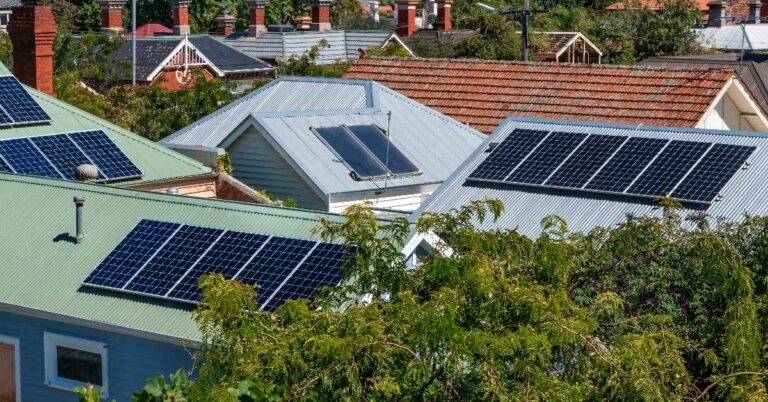
So many home owners have solar panels that are more than ten years old or haven’t been serviced for a very long time. In either case they may not be producing the volume of electricity you need, especially for growing families or homes full of the latest gadgets.
Solahart Newcastle can actually test your current solar power set up to see how efficient it is & if it is producing what you actually need. Assuming it is working we can also perform a maintenance service that includes cleaning the panels, checking all the wiring and connections.
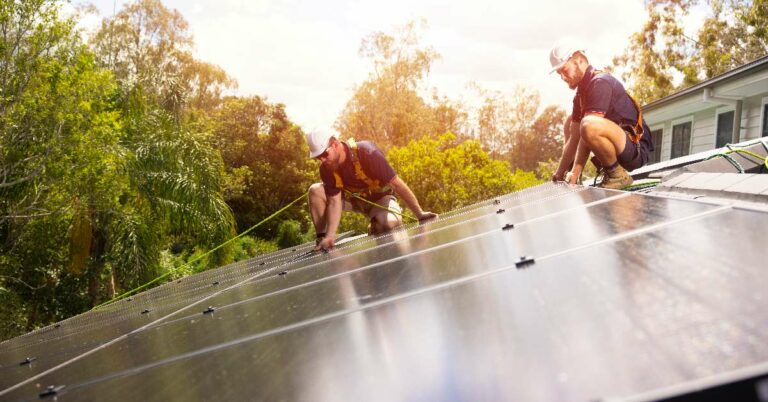
If you power your home by drawing all your energy from the grid, you will feel the full brunt of any rise in electricity costs. Heating and cooling makes up approximately 40% of an average energy bill, so sudden changes in electricity prices can result in a huge hit on your budget.
More and more people are switching to solar power and reducing their reliance on the grid by harnessing the sun’s free energy. In fact, Australia has the highest uptake of solar in the world, with more than 3 million rooftop solar power systems installed across the nation.
According to the Solahart Solar Index Report, a typical family, with a 6kW solar power system, could enjoy savings of up to $1,500 on their annual energy bills. Also, they can reduce their greenhouse gas emissions by up to seven tonnes per year, making a significant difference to the planet.³
In addition, research by Solar Citizens found that on average, households with solar power have bills that are approximately 20 per cent lower than households without.⁴
Australia has the 16th highest cost of living in the world (as of September 2020), with countries such as the USA in 21st place, and the UK in 33rd.² So, it’s no surprise that millions have already made the switch to solar power as using electricity from the grid can be quite costly compared to generating power free from Australia’s abundant sunshine.
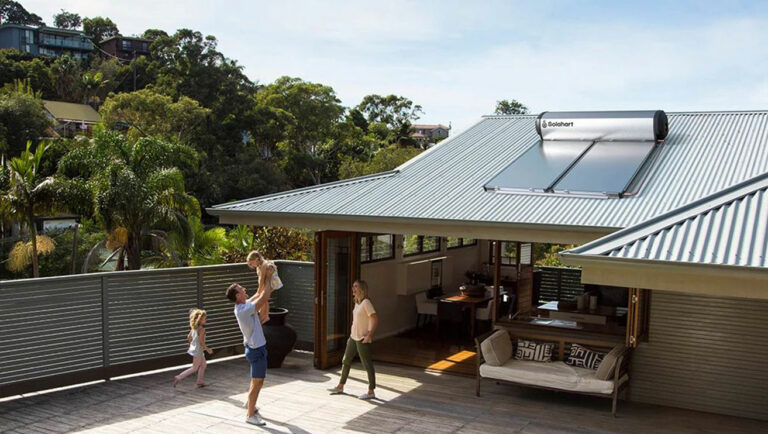
Hot water typically accounts for around 25% of a household’s energy use3, with one of the main contributors being those long relaxing showers. However, what is not so relaxing is the significant impact an inefficient electric or gas water heater can have on your overall energy bill. Switching to solar hot water, a new PowerStore system, or a heat pump is a great way to reduce your energy consumption since they use much less grid energy.
Solar hot water is Solahart’s original and proven solar product that uses the heat from the sun to provide hot water. According to the Solahart Solar Index Report, installing a solar hot water system can reduce your hot water energy usage by up to 65 per cent4. Also, installing a solar hot water system can you help you reduce your greenhouse gas emissions by 1.6 to 2.7 tonnes, which is equivalent to taking an average 4-cylinder car off the road.
If you already have solar power or are thinking of going solar, you could consider Solahart PowerStore, Australia’s’ first solar-smart electric water heater. A Solahart PowerStore system takes excess energy from your solar power system and uses it to gradually heat water rather than allowing it to be fed back into the grid. Like a battery, it stores energy – but it’s more affordable.
Combining a Solahart PowerStore® system with a compatible Home Energy Management System (HEMS) will result in more significant savings. According to the Solahart Solar Index Report, if you replace an electric water heater on an off-peak tariff with PowerStore, the combined solar power and Solahart PowerStore systems could save you up to $1,760 per year on your energy bills.
A heat pump uses the surrounding air to heat your water, which is another great way to reduce your energy consumption. It can usually be installed in the same location as your outdoor storage water heater and can often be connected to your existing plumbing and electrical system, making it an easy and financially rewarding replacement.
In fact, if you replace your electric water heater with a Solahart Atmos-Frost Heat Pump, you could save up to 68% on your hot water energy consumption5.
It’s also good to know that both solar hot water and heat pump systems qualify for Small-Scale Technology Certificates (STCs), helping you reduce the up-front cost of your purchase.
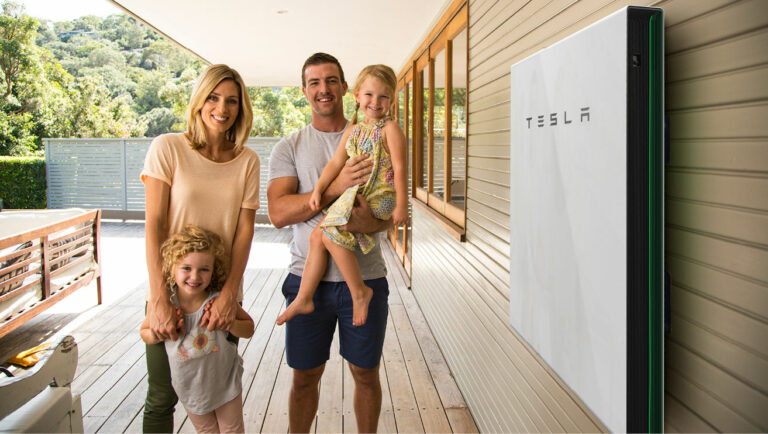
In many Australian homes, a lot of the energy produced by solar power panels is sent back to the grid because it’s generated when you’re not using it, for example in the middle of the day when you’re not using much power.
Adding home battery storage to a solar power system makes sense, as it stores electricity generated by solar panels for use later on. You can use excess solar power when the sun isn’t shining instead of sending it back to the grid, including at night or when utility rates are more expensive.
Depending on the capacity of your system you may even have the ability to function completely ‘off-grid’ for all of your daily needs.
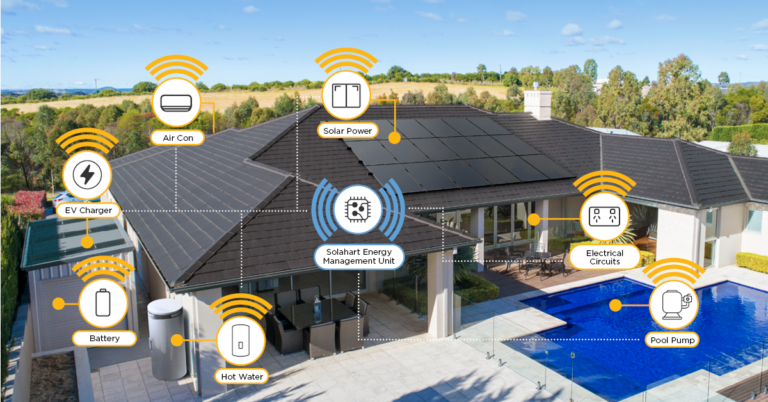
Increasing the amount of energy you generate from renewable sources is one of the best ways to reduce your bills. Although reducing the amount of household energy you use by choosing more efficient appliances can also make a big difference.
When shopping for your key appliances such as refrigerators and dishwashers, it’s a good idea to review their energy efficiency ratings. Older, inefficient appliances may seem like a cheaper option, but they can result in much higher costs in the long term, especially if you are running them with power from the grid.
To make even bigger savings, you can track the energy usage of your appliances with Solahart’s Energy Management Unit. This intelligent device, which can be added to any solar system, allows you to bring your appliances and energy generating devices together under one monitoring and control platform. You can then analyse your live energy data anytime, anywhere with the atHome App.
Also, the Energy Management Unit automatically shifts controllable loads away from expensive peak times, helping you to self consume more solar power and save even more on your energy consumption. To find out more about this smart technology, contact Solahart.

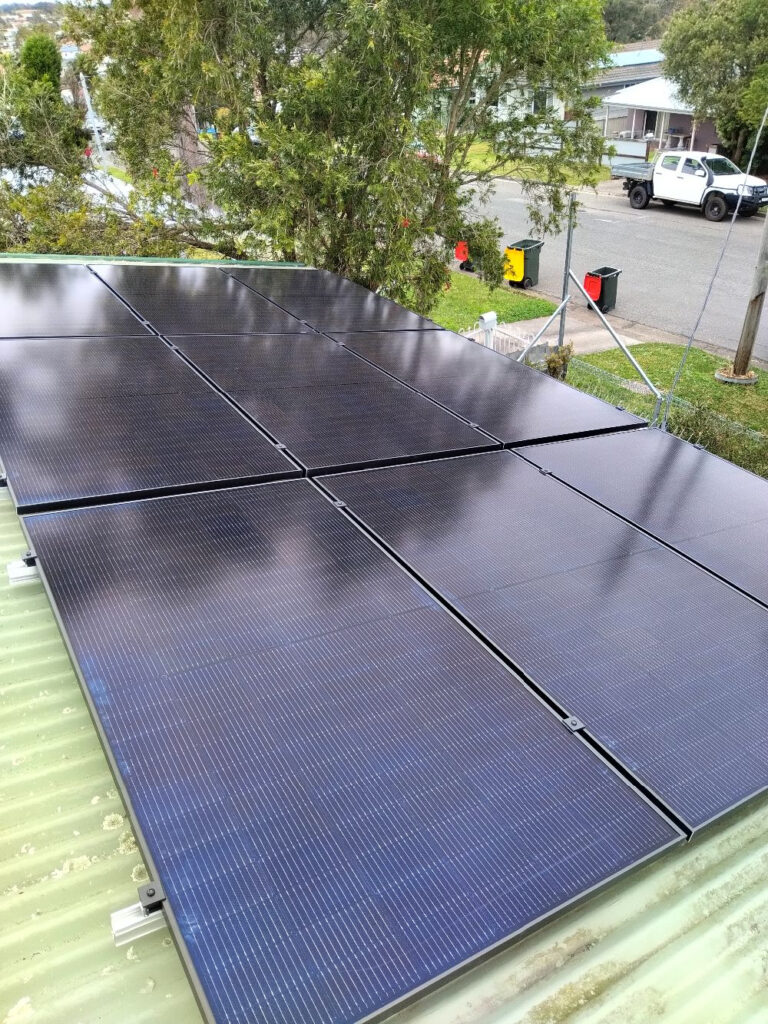
“We are saving a lot. Electricity is going up all the time, and yet, we are still in credit. Combine your solar system with the Solahart hot water system, and you will save heaps too. Next step for us is battery storage. Thanks guys, you are the best. Wayne and Kate.” – Wayne from Shortland
Install Details:
“I’m very happy with the savings from our panels and battery. With all the rain and cloudy days we have had this winter our cost’s were less than $1.50 a day. I am very happy with the process from start to finish. I was particularly happy with the tradesmen who installed our panel’s and battery.” – Harry from Tanilba Bay
Install Details:
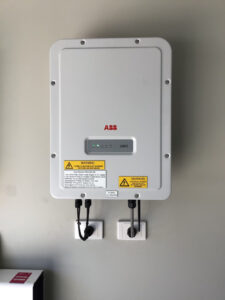
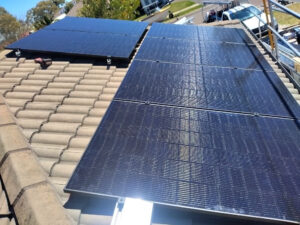
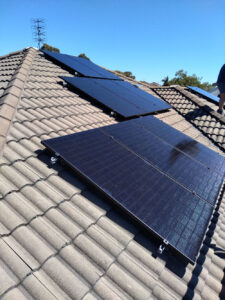
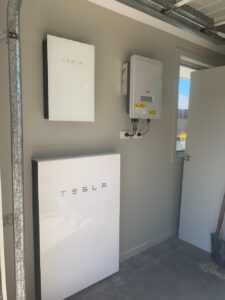
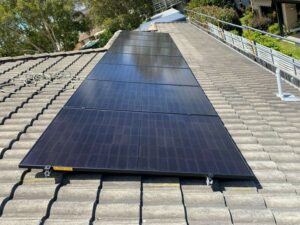
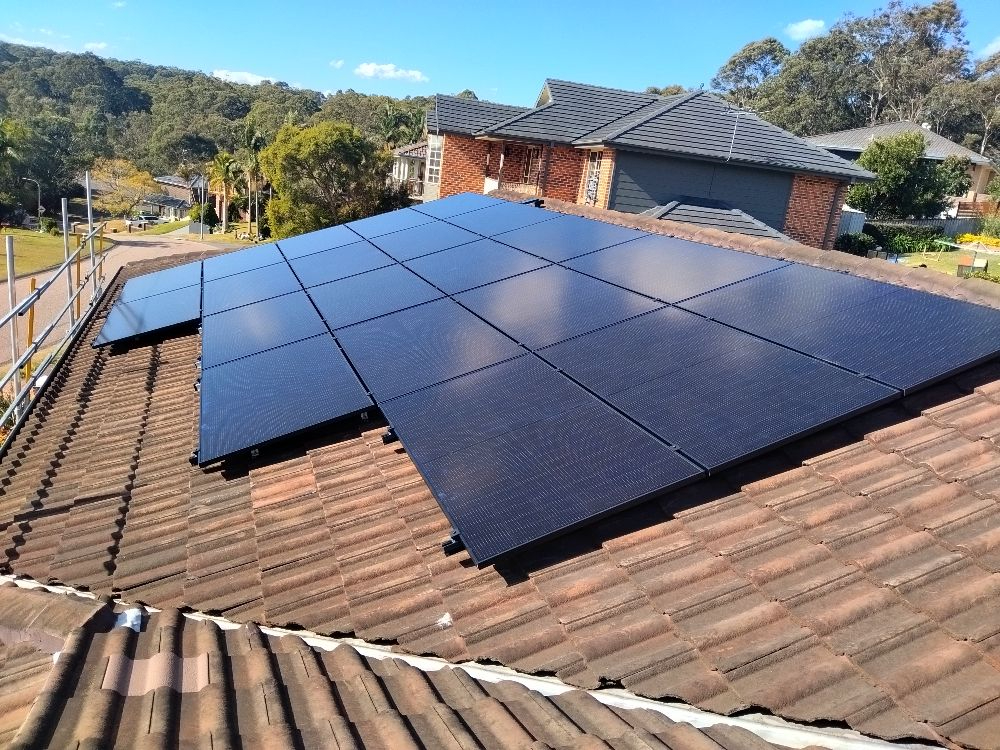
“We haven’t had a power bill since the system has been up and running most of the time we receive a credit from our power supplier . Thanks Solahart” – Derek from Valentine
Install Details:
“My first quarter was summer 2021-2022 which resulted in a credit balance of $94.30 the autumn quarter just completed will see that credit balance reduced to approximately $70.00 after a mostly cloudy and wet three months. To say I am overjoyed and amazed from my experience with my Solahart system is understated. Admittedly I am always in my home and using the power the system generates and wish I had made the decision to get the Solarhart system earlier. It’s great feeling for me especially considering my modest set income.” – Tony from Singleton
Install Details:
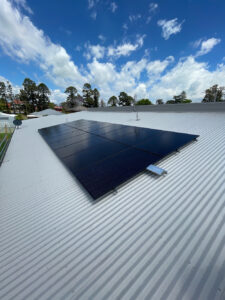
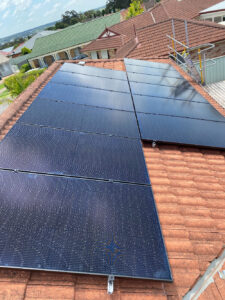
“Since having our solar panels installed we are saving around 50% off our electricity bill! We are very happy with them!” – Daniel from Maryland
Install Details:
“Have had great results with our Solahart systems with bills reducing by over $500 per quarter. This includes running both a pool pump/ filter and air conditioning over summer. Happily recommend.” – Darren & Dave from Scone
Install Details:
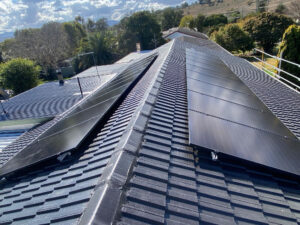
To find out how much you can save on electricity costs, Solahart Newcastle offers a free home assessment that helps us better understand your needs and to provide you with a bespoke solution for your home and budget.
To book a free home solar assessment, click the button below or call us anytime on 1300 362 821.
Disclaimers:
Every effort has been made to ensure accuracy within this article at the time of writing. Please get in touch to confirm any details, including rebates and offers that may change over time.
1 – The Solahart Solar Index Report: https://www.solahart.com.au/landing-pages/the-solar-index-report/
2 – Solar Citizens, (2018). Using electricity bills to shine a light on rooftop solar photovoltaics in Australia. [online] Available at: https://drive.google.com/file/d/19U5nhop6H-vR2RTke9geHOkUsw6r7qzA/view [Accessed 30 November 2020].
3 – https://www.energy.gov.au/households/energy-basics-householders as at 13/05/2020.
4 – Energy savings of up to 65% shown is based on Australian Government approved TRNSYS simulation modelling of a Solahart 302L and using a medium load in Zone 3 and apply when replacing an electric water heater. Any savings will vary depending upon your location, type of Solahart system installed, orientation and inclination of the solar collectors, type of water heater being replaced, hot water consumption and fuel tariff. Maximum financial savings off your hot water bill are achievable when replacing an electric water heater on continuous tariff. Refer to solahart.com.au for further information.
5 – Energy savings of up to 68% shown is based on Australian Government approved TRNSYS simulation modelling of a Solahart Atmos 325HAV heat pump and using a medium load in Zone 3 and apply when replacing an electric water heater. Any savings will vary depending upon your location, type of Solahart system installed, orientation and inclination of the solar collectors, type of water heater being replaced, hot water consumption and fuel tariff. Maximum financial savings off your hot water bill are achievable when replacing an electric water heater on continuous tariff.
Save up to $2,330^ on a solar hot water upgrade with the NSW Energy Savings Scheme
(1) Solar water heaters and heat pumps are great for the environment, and the Australian Government Renewable Energy Target scheme provides a mechanism that offers a generous incentive to help you make the switch. The incentive comes in the form of Small-Scale Technology Certificates (STCs) that can be traded and sold on the open market or can be used as an upfront discount to reduce the purchase price of your new system. The number of certificates that can be created per system is based on its geographical location (zone) and varies with the type, size and model of the system installed. The value of an STC is not fixed and varies depending on market factors. Currently, each certificate is worth $36.
(2) Like STCs, ESCs have a variable market value and are subject to change. Their value can also be used to offer a discount on the purchase of a solar or heat pump water heater. Currently, each certificate is worth $26. The ESCs are only available in NSW.
(3) What is not covered under this program
– The replacement of an electric water heater with a solar (gas boosted) water heater, as the NSW ESS does not incentivise new gas connections.
– Installations of new solar water heaters or heat pump water heaters in new buildings or where there is no existing electric or gas hot water system.
– The replacement of an existing solar water heater or heat pump water heater.
– Any installation undertaken to comply with any mandatory legal requirement imposed through a statutory or regulatory instrument of any jurisdiction, including, but not limited to, compliance with BCA and BASIX-affected development requirements, except for alterations, enlargements or extensions of a BASIX-affected development and a water heater is being replaced.
*60 Months Interest free terms are only available for purchases of $4,000 or more. Available to approved applicants only and subject to completion of a satisfactory credit check. Minimum monthly repayments are required. Paying only the minimum monthly repayment amount will generally not repay a purchase within the interest free period. A monthly account fee of $7.95 will also apply, and a one-off establishment fee may apply for new customers. Any balance outstanding at the expiry of the interest free period will be charged at the standard variable rate, 23.9% per annum as at 1 December 2022. Other charges may be payable, see T&Cs. Interest, fees and charges are subject to change. Terms & Conditions apply and are available on application. See your contract for further details. Credit provided by ZipMoney Payments Pty Ltd (ABN 58 164 440 993), Australian Credit Licence Number 441878).
† Government Incentives apply in the form of Small-Scale Technology Certificates (STCs) and are subject to change. For more information visit solahart.com.au.
Anthony Roberts Holdings Pty Ltd (ABN 23 289 437 045), trading as Solahart Newcastle & Port Stephens, operates the Solahart dealership in the region covering from Newcastle up to Port Stephens, Merriwa to Cessnock, and to Belmont on the Coast. Contractor Licence No. 226204C, Electrician Licence No. 274029C, Plumbers Licence No. 206209C.
Looking for something else? Search our site here.
Solahart is a solar power company that pioneered the use of solar energy in Australia with a copper hot water tank in 1953.
We are industry leaders in solar energy installations and proudly serve all parts of Newcastle and the Hunter with the best brands of solar products available including the latest battery technology from Tesla. The Solahart service areas include Newcastle, Lake Macquarie, Maitland, Cessnock, Singleton, Upper Hunter, Raymond Terrace and Port Stephens.
Solahart is a Clean Energy Council Approved Solar Retailer in Australia.
Our team is made up of electrical and plumbing experts with most having 20 plus years of experience. We look forward to solving your solar power needs.